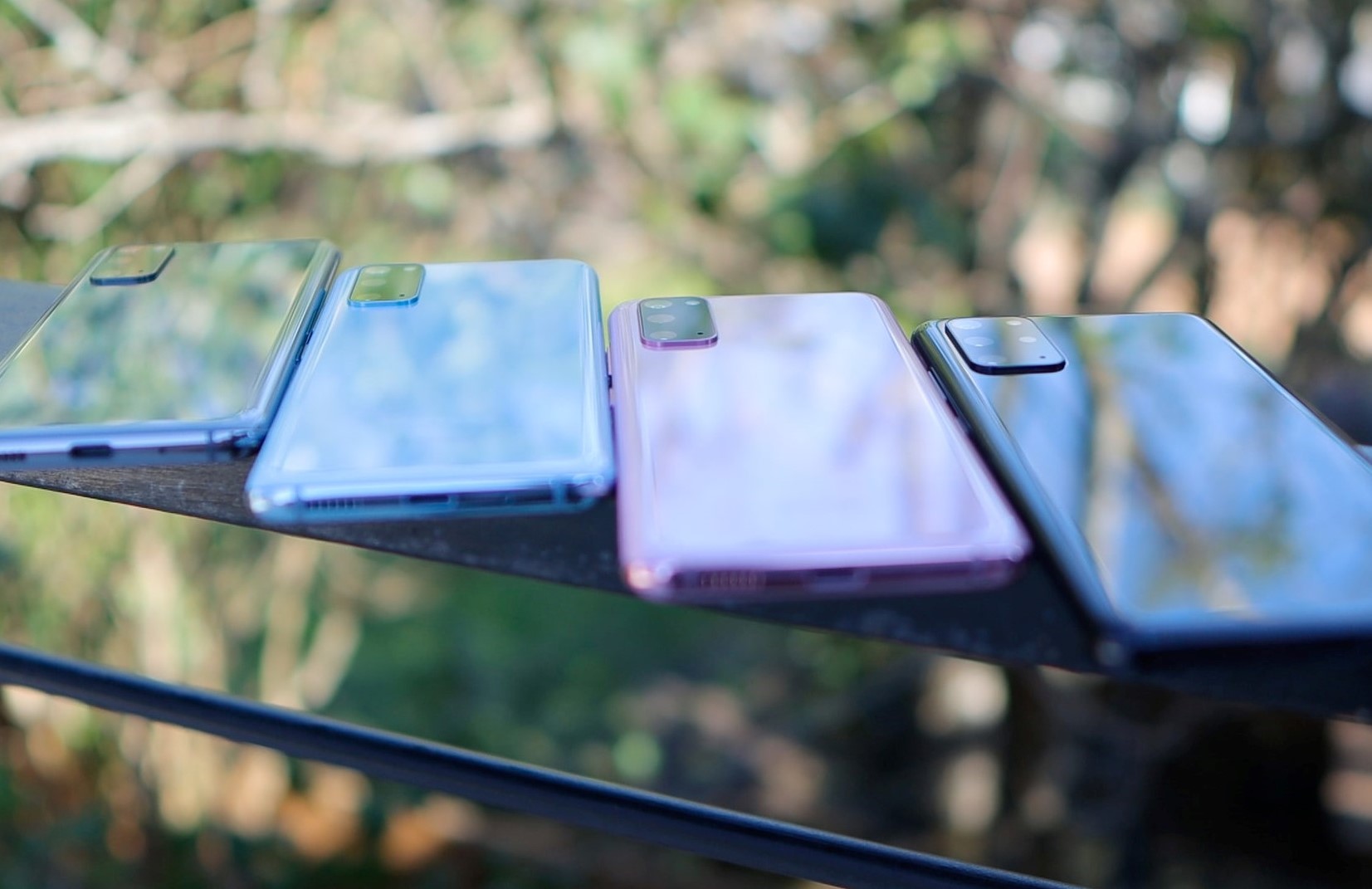Every year, towards the end of November, our screens are filled with promotions and advertising for Black Friday deals. A feature that is likely to distinguish this autumn from previous years, aside from the Covid-19 pandemic, is the prevalence of a (somewhat) new category of products: refurbished technology. A large portion of this market is taken up by smartphones, but there are more and more refurbished laptops, tablets, keyboards, videogame consoles, and other devices. All these products are put back on the market fully functional and aesthetically identical to when they were new, with at least a year’s warranty. The biggest difference is their price tag, which is 30 to 60 per cent lower than for new products, and they come with the added benefit of reducing the environmental impact of electronic waste. In 2019, the United Nations Global E-waste Monitor found that this type of waste amounted to 53.6 million tonnes, equivalent to over 7 kilograms for each human being on the planet.
Smartphones are the driving force in the refurbished technology market
Refurbished or regenerated products can have different origins: they might have been display items in stores, or used for a brief period, or even returned because of damage, poor functionality, or for some other reason. In all these cases, before they are put back on the market, the products undergo cleaning and repair procedures, and tests to certify their condition. While there is no universal classification system, all retailers use a scale based on the device’s level of wear and tear. For example, a device where all the components are “as good as new” will be more expensive than one with some scratches. The first of the big tech companies to make headway in this market was Apple, which in 2016 launched a programme via its website to sell refurbished smartphones, computers, and components. Amazon followed suit in 2017 with its Renewed section.
Smartphones make up the lion’s share of this market, probably because their replacement cycle – with new models presented at least once a year – is much faster than for other types of product. For this reason, most of the figures that offer an idea of the situation in this sector relate to mobile phones. For example, a consultancy called Counterpoint Research has estimated that, in 2019, 137 million refurbished smartphones were sold between the US and Europe. According to Jeff Fieldhack, a Research Director at the company, one-tenth of all smartphones sold are used or refurbished. Furthermore, a Persistence Market Research report from 2017 estimated that this market would grow by 9 per cent per year until 2025, when its overall value is set to reach 329 billion euro.
The pandemic boosts the refurbished products sector
According to tech market stakeholders, the Covid-19 pandemic, by increasing the need for remote working devices, has boosted the sector’s growth. Fabian Thobe, CEO of riCompro – one of Italy’s leading companies in the refurbished tech market – has stated that “in this country we witnessed a 30% upswing in the first part of 2020, compared to 2019. Tablets for remote working experienced the largest leap forward among all types of device”. Jon Godfrey, the founder of Tech.Trade – a British counterpart of riCompro – told the BBC that, for the same reason, in May alone, his business grew by 35% compared with the previous year.
In the US, meanwhile, GoTRG – the only company providing refurbished products certified by brands like Apple, LG, and Lenovo – doubled its operations as demand skyrocketed, creating two-thousand new jobs. According to a recent survey carried out by the company, 75% of Americans are open to the idea of buying a refurbished product, and 94% have bought one in the last three years. “The industry is growing by nearly 10% each year as people become more environmentally conscious and as organizations like repair.org gain a larger following and continue to make progress in the right-to-repair movement,” claims Sender Shamiss, CEO of GoTRG. Further confirmation of the sector’s increasing relevance comes from the successful rounds of financing completed by two platforms that sell refurbished products from certified retailers. These are Austrian company Refurbed and French company Back Market. The former – which already boasts 150,000 customers and a 45-million-euro business – raised 14.34 million euro in investments, while the latter – whose April 2020 sales, according to US Operations Director Serge Vedoux, “increased by 100% compared to March” – managed to raise a whopping 100 million euro, including from investment banking giant Goldman Sachs.
The right to repair
There is still, however, one big obstacle: manufacturers intentionally make repairs more difficult, especially when it comes to the availability of spare parts. In Europe, “right to repair” guidelines give manufacturers exclusive rights to repair and refurbish their products in certified laboratories. Given the rise in demand, however, intermediaries in the sector are turning more and more to the Asian market, where there are more refurbished devices and parts in circulation. Unfortunately, these products are often below Western quality standards.
In an attempt to address this situation, as part of the Circular Economy Action Plan – which is due for approval next year – the European Commission wants to “adopt new regulatory measures for mobile phones, tablets, and laptops within the framework of the ecodesign directive”, compelling manufacturers to sell spare parts to both independent laboratories and directly to consumers.


